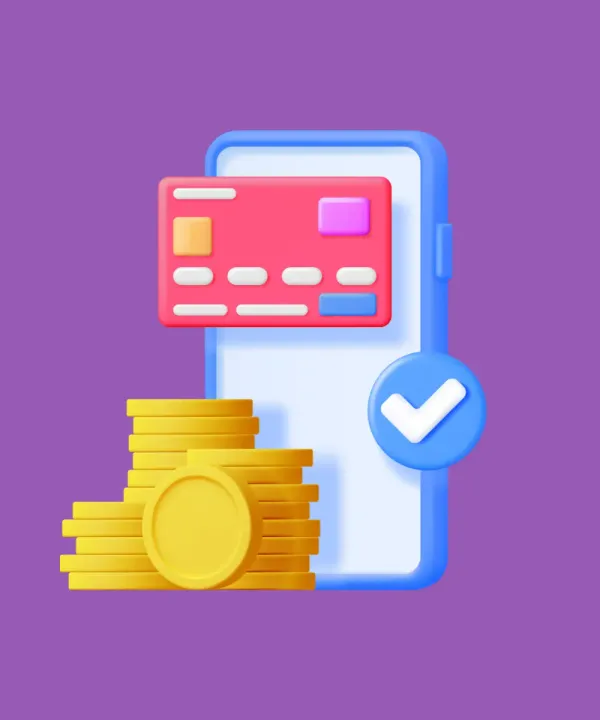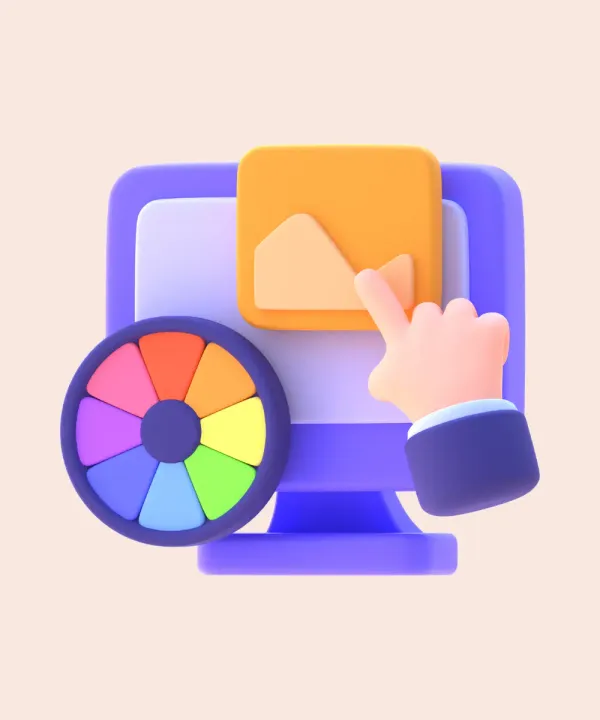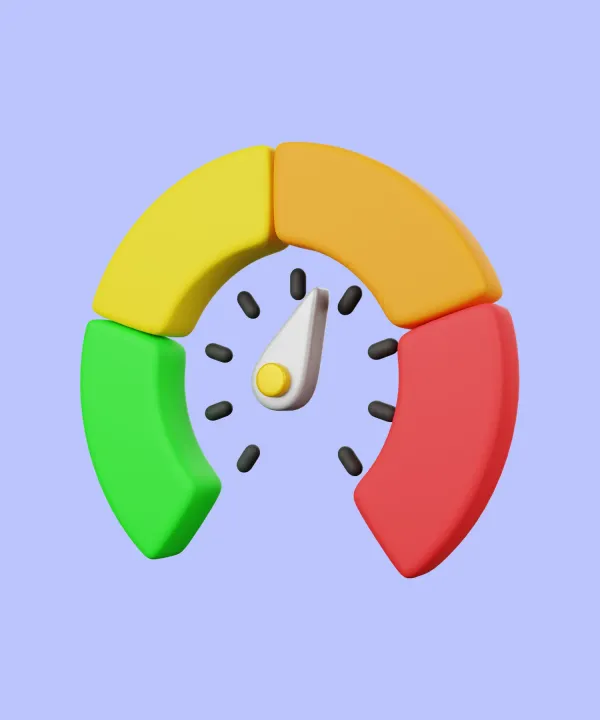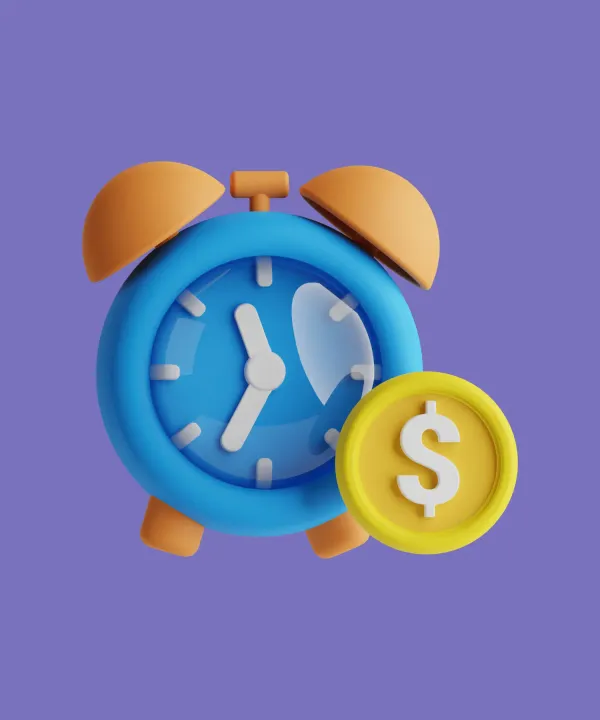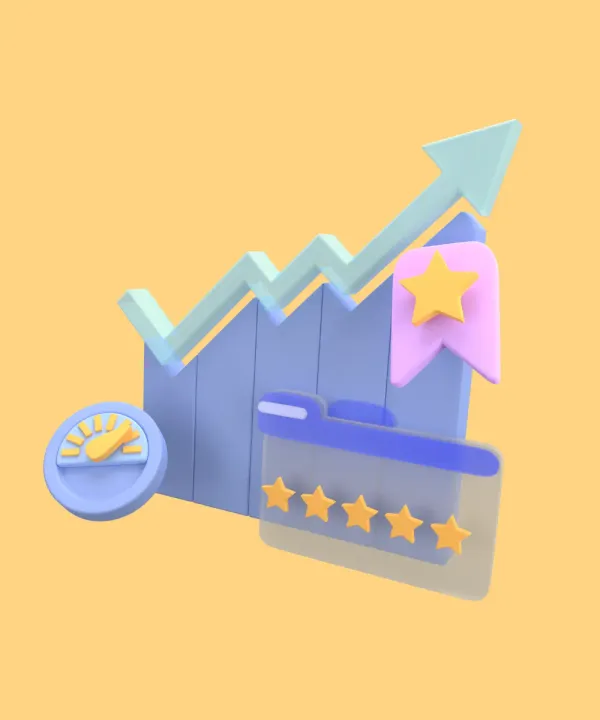In the realm of mobile app development, the key to growth often lies in a crucial metric known as the K-factor. While it may seem daunting at first, this metric essentially quantifies the virality of your app, helping developers understand their app's performance and strategize for improvement. For developers using Flutter, a UI toolkit by Google, the ability to fine-tune your app's virality can unlock substantial growth.
This article will delve into the specifics of what the K-factor is, how to measure it, and offer strategies on increasing it for your Flutter applications. Understanding this crucial aspect of app marketing can be the key to unlocking your app's potential.
What Is a K-factor?
K-factor in marketing is used to describe the virality rate of apps / websites through referral programs, or “hidden” virality, which is word-of-mouth.
As the term suggests, the terminology is borrowed from epidemiology, where you can think of the K-factor as the combination of the “contagiousness” of your app (how many new users are “infected” by an existing customer through an invite), with the effectiveness of each invite (its associated conversion rate).
In other words, the higher your K-factor is, the more people are spreading the good word about your app.
K-factor: understanding
Understanding what the K-factor values imply is crucial.
- If the K-factor is less than 1, it means the app isn't growing organically and needs additional promotion or app feature adjustments to boost growth.
- If it's exactly 1, the app maintains a stable user base where each existing user brings in one new user.
- Finally, if the K-factor is more than 1, it means the app is experiencing viral growth, where the user base is increasing exponentially.
The K-factor can significantly vary across different apps and industries, but no matter the context, a higher K-factor is always the goal as it signifies a high degree of organic growth and popularity. Understanding and optimizing this vital metric can be a game-changer for your mobile application's success.
Moreover, the K-factor is a metric for understanding the impact of your non-organic growth on organic growth, offering insights to optimize user acquisition (UA) campaigns. A successful UA campaign can increase an app's visibility, leading to organic user exposure and facilitating word-of-mouth referrals. These outcomes enhance return on investment (ROI) and K-factor.
Monitoring your K-factor helps gauge the efficacy of your app's sharing features and identify incentives that encourage user referrals.
The virality of your app needs to cover the churn of your users.
- If the K-factor surpasses the churn rate, your app is growing.
- If both are equal, your app's virality is balancing its churn.
- If the churn rate is higher, your app is losing users over time.
K-factor: formula
There exists a multitude of formulas within the business sphere, but among them, the K-factor is typically represented by a straightforward yet influential formula:
<K-factor(k)=i*c>
In this formula:
<i>represents the average number of invites each user sends out. This is calculated over a specific period, such as a day or a week, depending on your needs. As an instance, if every new customer invites five acquaintances, then<i>equates to<5>.<c>indicates the conversion rate, meaning the percentage of invitees who convert into new users. In this case, if one out of five invitees transitions into a new customer, then<c>is<0.2>.
Combining the two variables, we derive the K-factor, which would equal <i*c>. Hence, in our example, the K-factor is <5*0.2>, which simplifies to 1.
Let's consider a scenario to explain this better:
| Concept | Symbol | Example |
|---|---|---|
| Number of app invites sent per customer | i | 5 |
| Conversion of each invite | c | 0.2 |
| K-factor | k | i * c = 5 * 0.2 = 1 |
To delve deeper, let's use an example of a dating application. We've chosen to incentivize our dedicated users to invite their friends by providing them with a <10%> discount on their monthly subscription. Let's hypothesize that each user extends an invitation to one friend on average <i=1>, and every third invitee successfully registers <c=1/3>. Here, the K-factor equates to <1*1/3>, or approximately <33.3%>.

Presuming everything unfolds according to plan, this implies that if our dating application initially hosted 100 active users, the figure would rapidly escalate to <133>, then progress to <178>, and so forth. Following this model, after <33> invitation cycles, the count of our active users would exceed one million. Impressive, isn't it?
Obtaining a reliable K-factor can be challenging due to the complexity of tracing an organic user's motivation to install your app. While word-of-mouth marketing is effective, it's difficult to measure, and not all users engage in referral programs even when provided.
However, the K-factor becomes more discernible when applied to user acquisition (UA) campaigns. For instance, if a dating app buys <10,000> users in a region with minimal organic downloads, and the user base subsequently grows to <12,000>, it's plausible that the <2,000> new users are an indirect result of the paid UA campaign, indicating a K-factor of <1.2>.
While the K-factor is often conflated with terms like "organic multipliers" or "organic uplift", it's essential to understand that these concepts, although related, are not identical.
K-factor in App Development
The K-factor, serving as a tool to measure an app's organic growth potential, is strategically utilized in various stages and aspects of app development. From planning and designing to implementation and optimization, the K-factor influences numerous decisions in the app development process.
- Designing user invitations
The K-factor begins to play a role as early as the design stage of app development. Designing an effective user invitation system is crucial to increase the number of app invites sent out <i>, which is one of the key components of the K-factor equation. The invite mechanism must be user-friendly and intuitive, integrated seamlessly into the user journey. The invitation system might incorporate features like sharing referral codes or inviting friends via social media, email, or messaging apps.
- Enhancing conversion rates
A critical aspect of optimizing the K-factor is enhancing the conversion rate <c>, the other essential component of the K-factor equation. This involves ensuring that the app's value proposition is compelling and clearly communicated to potential new users. It could mean tweaking the landing page where invitees land or providing a seamless registration process. Offering incentives, such as discounts or bonus features to both the sender and receiver of the invite, can also significantly enhance conversion rates.
- Monitoring and optimization
Post-launch, the K-factor serves as a crucial monitoring metric. It provides developers with real-time insights into their app's virality. This information allows them to make data-driven decisions and implement changes to their marketing strategies, user experience, or app features to optimize the K-factor.
For instance, if the K-factor is lower than expected, developers might decide to run A/B tests on different invitation designs or referral incentives. If the K-factor is high, they might choose to double down on their current strategies or explore opportunities to further leverage their success.
- Predictive analysis
The K-factor also has a significant role in predictive analysis. With a reliable K-factor at hand, app developers can forecast growth trends and plan their resource allocation accordingly. A higher K-factor signifies rapid growth, which might necessitate increased server capacity or customer support resources, while a lower K-factor might indicate a need for increased marketing spend or further optimization of the app.
K-factor in Flutter development
Considering the K-factor during Flutter app development is beneficial due to several reasons. For one, Flutter, a product of Google, allows developers to build native applications for mobile, web, and even desktop from a single codebase. This wide reach of Flutter amplifies the importance of app virality, thus bringing K-factor to the fore.

Secondly, a high K-factor can lead to significant growth in app installations across various platforms at a considerably lower acquisition cost. It not only boosts organic user growth but also enables cost-effective user acquisition and retention.
Finally, considering the K-factor during Flutter development helps to focus on user experience (UX). An excellent UX can encourage users to send more invites, thereby improving the <i> in the K-factor equation.
10 Strategies to Boost Your App’s K-factor
As developers, we're always looking for ways to expand our app’s user base. As we already know, the higher the K-factor, the higher the organic growth of your app. Here are ten proven strategies to boost your app’s K-factor, complete with real-world examples of apps utilizing these methods effectively.
1. Implement effective invite mechanism
Creating a compelling and user-friendly invite mechanism is crucial for boosting the K-factor. In the realm of Flutter app development, this can be achieved by leveraging Flutter's comprehensive widget library to build an intuitive user interface for the invitation system.
A Flutter app can include a clearly visible "Invite Friends" button on the main screen, leading to a simple form where users can input their friends' contact information or share the invite through social media. Developers can also use Flutter's deep-linking capabilities to create personalized invitation links, making the invitation process even more seamless.
A notable example is the popular mobile game, Candy Crush Saga. By implementing an easy-to-use invite system, the game has seen substantial growth through player referrals.
2. Offer incentives for user referrals
Incentivizing user referrals is another proven way to increase the K-factor. Flutter developers can manage this effectively by integrating in-app rewards using Flutter's animation and state management capabilities.
For instance, a fitness app developed in Flutter could offer premium content access for a week for every successful referral, or a language learning app could unlock additional lessons or resources. Offering tangible rewards for referrals can encourage users to invite more of their contacts to the app.
Duolingo, a language learning app, effectively uses this strategy by giving users 'lingots' (in-app currency) for successful referrals, which users can spend on in-app purchases.
3. Optimize the user experience (UX)
User experience significantly impacts the K-factor. A well-designed, easy-to-navigate app with engaging content can encourage users to share the app with their friends and family, thereby increasing the number of invites sent out.
With Flutter's rich set of widgets and excellent performance, developers can create a high-quality, seamless user experience across all platforms. An example of successful UX optimization is the Google Ads app, developed using Flutter. Its intuitive design, fast performance, and helpful features have made it popular among users, leading to a higher K-factor
4. Amplify social sharing features
Promoting social sharing can significantly boost your K-factor, as it encourages users to share their experiences with the app across various social media platforms. Flutter's robust capabilities allow developers to integrate smooth social sharing functionalities.
For instance, a fitness app could enable users to share their workout progress or achievements on their social media profiles, while a photography app could allow sharing edited photos directly from the app. The Canva app is an excellent example of this strategy, as it allows users to create designs and share them directly across various platforms, thus boosting its virality.
5. Enhance the app onboarding experience
An intuitive and engaging onboarding process can significantly boost your K-factor. It helps new users understand the app’s features and benefits, encouraging them to use the app more and share it with their network. Flutter's interactive widgets and animations can be leveraged to create an engaging onboarding experience.
For example, Airbnb, an online marketplace for lodging and tourism experiences, offers a stellar onbarding experience, making it easy for users to understand the platform and share it with others.
6. Run targeted referral campaigns
Running referral campaigns targeting existing users who are highly engaged with your app can also boost your K-factor. With the use of analytics tools compatible with Flutter, developers can identify these users and send them personalized referral offers.
A notable example of a successful referral campaign is Uber's strategy of providing ride credits to users who refer their friends. This not only encouraged referrals but also ensured repeat usage by both the referrer and the new user, thereby increasing the K-factor.
7. Capitalize on regular app updates
Regular app updates not only offer improved functionalities and bug fixes but also provide an opportunity to re-engage users and stimulate them to share the updated app with their network. With Flutter's hot reload feature, developers can quickly and easily implement updates and improvements, making the app more appealing and likely to be shared.
For instance, Instagram regularly introduces new features, filters, and bug fixes to maintain user interest and encourage sharing. Each update creates a ripple effect of increased app sharing, thereby improving the K-factor.
8. Leverage push notifications
Push notifications can be an effective tool to engage users and prompt them to share the app with their network. Flutter developers can leverage Flutter plugins like flutter_local_notifications or Firebase Cloud Messaging for implementing push notifications.
A well-timed push notification reminding users of a referral bonus or a new feature can trigger them to share the app. The music streaming app Spotify uses this strategy effectively by sending personalized notifications about new music releases or curated playlists, which users can then share with friends.
9. Implement in-app social interactions
Creating opportunities for in-app social interaction can also improve your K-factor. This might involve implementing features like user communities, chat rooms, or multiplayer game modes in your app. These social elements can make the app more engaging, leading to a higher likelihood of users sharing the app.
An example of effective in-app social interaction is the mobile game Clash of Clans. The game allows players to form and join clans, engage in clan wars, and communicate with clan members, which significantly increases user engagement and app sharing.
10. Monitor and optimize K-factor
Last but not least, it's essential to monitor your K-factor regularly and optimize it based on data-driven insights. Tools like Firebase provide powerful analytics capabilities to track the K-factor and make informed decisions for optimization.
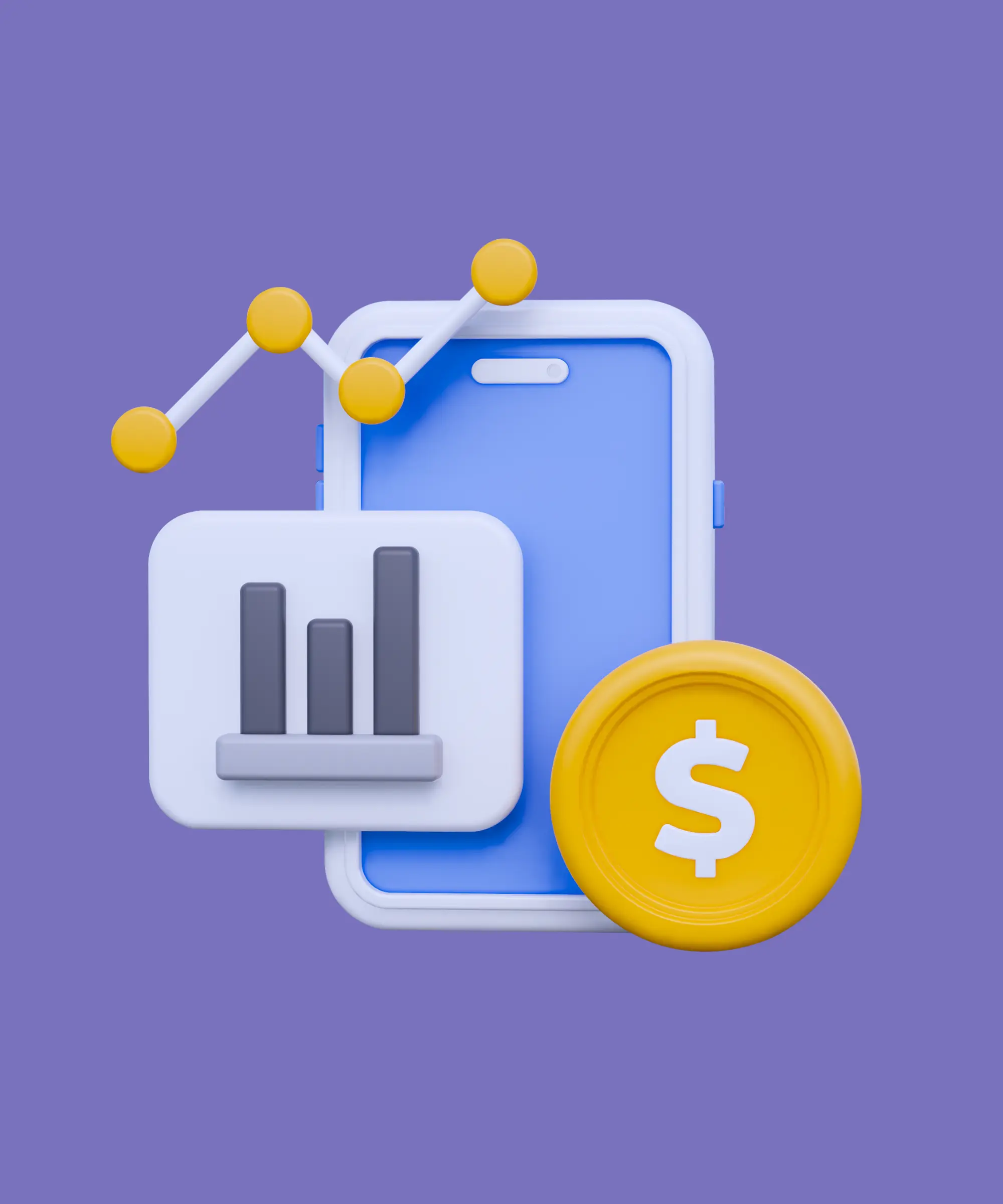
In conclusion, enhancing your app’s K-factor requires a well-rounded strategy incorporating these elements. By implementing these strategies, app developers can effectively drive organic growth, making their apps more successful and far-reaching.
Conclusion
The K-factor is not just a metric—it's a powerful strategic tool that can redefine your app's growth trajectory. By providing a clear insight into your app's virality, it allows you to identify growth opportunities and pinpoint areas of improvement.
In the context of Flutter mobile app development, the K-factor assumes even greater significance. Given Flutter's versatile capabilities, including its wide reach across multiple platforms, ease of UI design, and superior performance, developers can implement various strategies to optimize the K-factor effectively.
Our company specializes in developing cross-platform apps using the Flutter framework. Leveraging the K-factor, we ensure our clients' apps not only deliver excellent performance but also achieve significant organic growth, leading to an expanded user base and improved user engagement.
The integration of intuitive invite mechanisms, offering appealing referral incentives, and optimizing the user experience are just a few among the many strategies that we employ to boost the K-factor. Tools like Firebase, compatible with Flutter, assist us in tracking and analyzing the K-factor, allowing for informed decision-making and constant optimization.
In conclusion, the K-factor is a game-changer in Flutter mobile app development. It holds the potential to drive an app's success by fueling its organic growth. As experts in Flutter development, we recognize and harness the power of the K-factor, providing our clients with successful, viral apps that stand out in the competitive app market.




